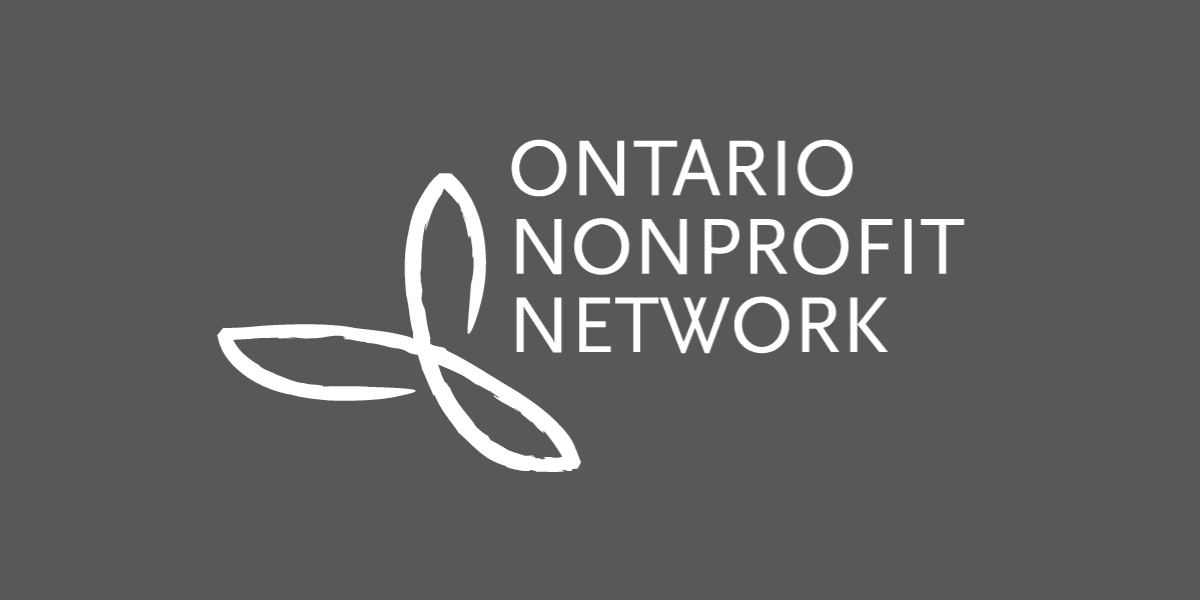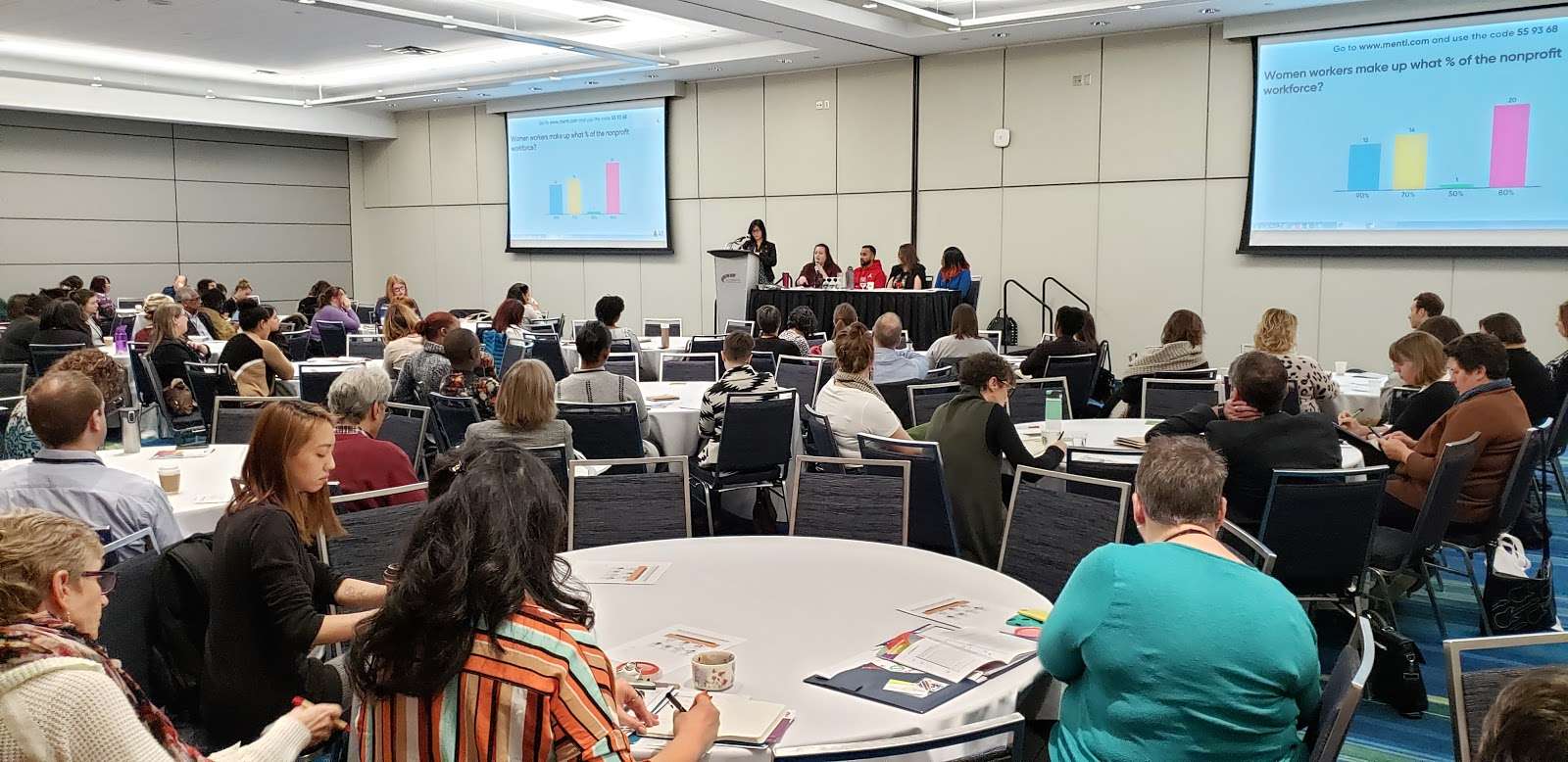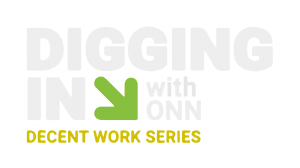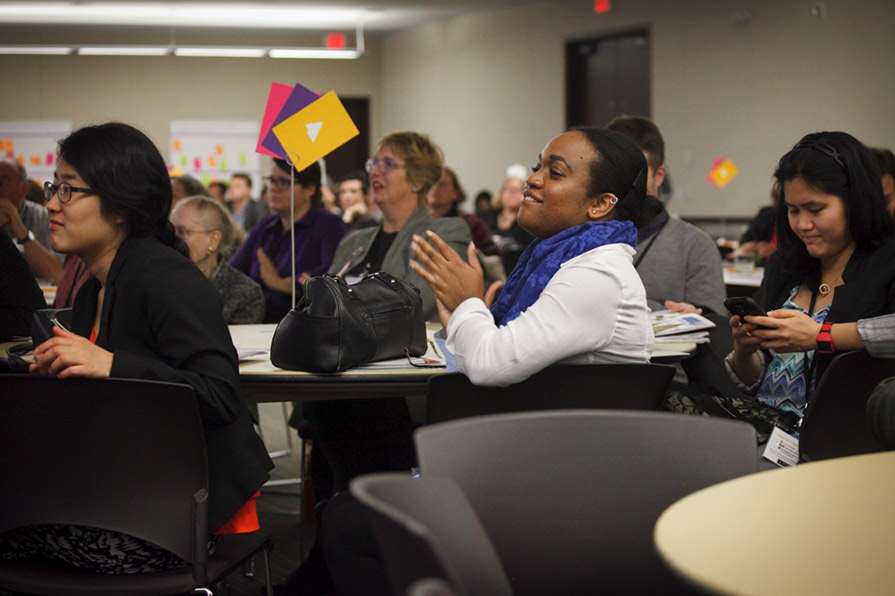
Blog
Non-profit sector leading the conversation on inclusion
The non-profit sector is often seen as leading the way when it comes to diversity and inclusion. Non-profit organizations do diverse work and often rely on the perspectives of an equally diverse workforce to make social change.
But is the sector sending mixed messages when it comes to diversity and inclusion? Many nonprofit organizations list diversity and inclusion among their core values, while in practice we could be doing more. A report published by the Mowat Centre found the vast majority of non-profit organizations are not actively recruiting within diverse groups and are actually behind other sectors in recruitment. This will mean significant challenges that will limit the nonprofit sector’s ability to respond to socio-economic, demographic, and structural factors that affect society in the coming years.
In 2015, TRIEC and ONN partnered in delivering a four-month leadership development program titled Leading the Conversation: Inclusion in Non-profits that supports participants to increase diversity and inclusion in their organizations and develop their knowledge and skills. The focus of the program was to help develop a diverse and inclusive culture in Ontario non-profit sector workplaces. The program attracted 57 leaders from 47 nonprofit organizations across Ontario in diverse subsectors, and varying in size from just a few paid employees to several hundred. Partnerships with ONN, Hire Immigrants Ottawa, United Way Ottawa and the London Middlesex Immigrant Employment Council were instrumental in reaching out to prospective participants.
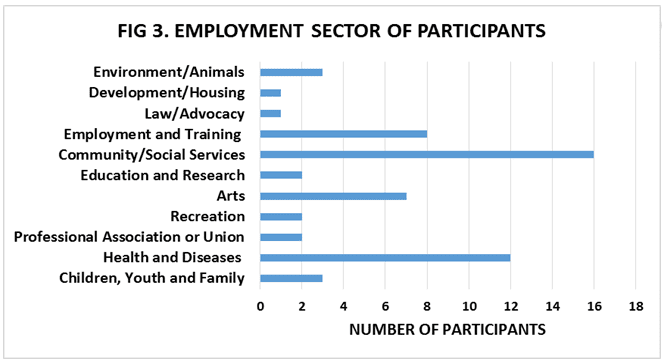
Meeting people from different organizations facing similar challenges – so helpful to talk about it with them in person, especially with facilitators in the room who are very knowledgeable..
– Leading the Conversation participant
From the time a person is interviewed through the job offer, onboarding, and given performance management feedback, and in an unofficial sense when colleagues are interacting day-to-day, inclusion affects the performance of teams, and the individuals within them. Inclusion affects the experience of all members of staff at an organization and impacts an organization’s bottom line by improving communication and quality of work.

The program results paint a compelling picture of increased skill and knowledge and provide many examples of meaningful changes implemented in the participating organizations. Over the four-month duration of the program, 82% of leaders reported that they’d made progress on more inclusive recruitment practices, and 47% reported developing new onboarding policies.
These are the simplest areas in which change can be introduced quickly. Yet, they have far-reaching impact on an organization’s culture, the ability of staff to produce excellent results soon after joining the organization, and staff retention.
Participants reported improved understanding of all topics covered in the course. However, some of the one-on-one conversations we’ve had with participants months after completing the program revealed how excited they still were about the material months later. All made tangible changes at their organization – and some were in the process of incorporating what they learned into new organization-wide strategic plans. Participants also set plans to run diversity workshops for their boards of directors, create communications campaigns about the importance of diversity and inclusion to the sector, and share diversity data.
We are in the process of developing a new strategic plan, and I will ensure that the strategic planning conversations are filtered through a diversity and inclusion lens.
— Leading the Conversation participant
TRIEC recently produced a short video which introduces some ideas behind inclusive onboarding that are taught in Leading the Conversation – like the difference between orientation and onboarding. Orientation focuses on policy and technical operations of the workplace, and only lasts a day or two. Onboarding goes deeper into the culture and norms of a workplace often for months – how meetings are structured, how people cooperate and interact. You can find more in-depth information and materials about inclusive onboarding, among other topics, for free on TRIEC Campus.
TRIEC is taking these learnings and impact further in its next four-month cohort of Leading the Conversation: Inclusion in Non-Profits, starting in September of this year in Toronto. We’re able to offer the curriculum at a price that’s accessible to non-profit organizations. The program draws on experiences from the previous four cohorts and offer the same high quality, cooperative learning environment over two in-person workshops and two webinars, with e-learning in between these sessions.
Leading the Conversation: Inclusion in Non-profits also ties into the work being done in the sector to create a decent work movement across the province. By creating inclusive workplaces, along with fair compensation, and a more engaged workforce, this is a chance for the sector to champion working conditions and social policies that not only ensure dignified and supportive work environments for employees, but also strengthen the sustainability and effectiveness of the nonprofit sector.
We’ve learned from our program experience that there are small changes nonprofits can introduce quickly that will have a far-reaching impact on an organization’s culture, the ability of staff to produce excellent results soon after joining the organization, and ability to retain new staff.
If you’d like to learn more about Leading the Conversation leadership development program, you can email me at akostecka@triec.ca.


